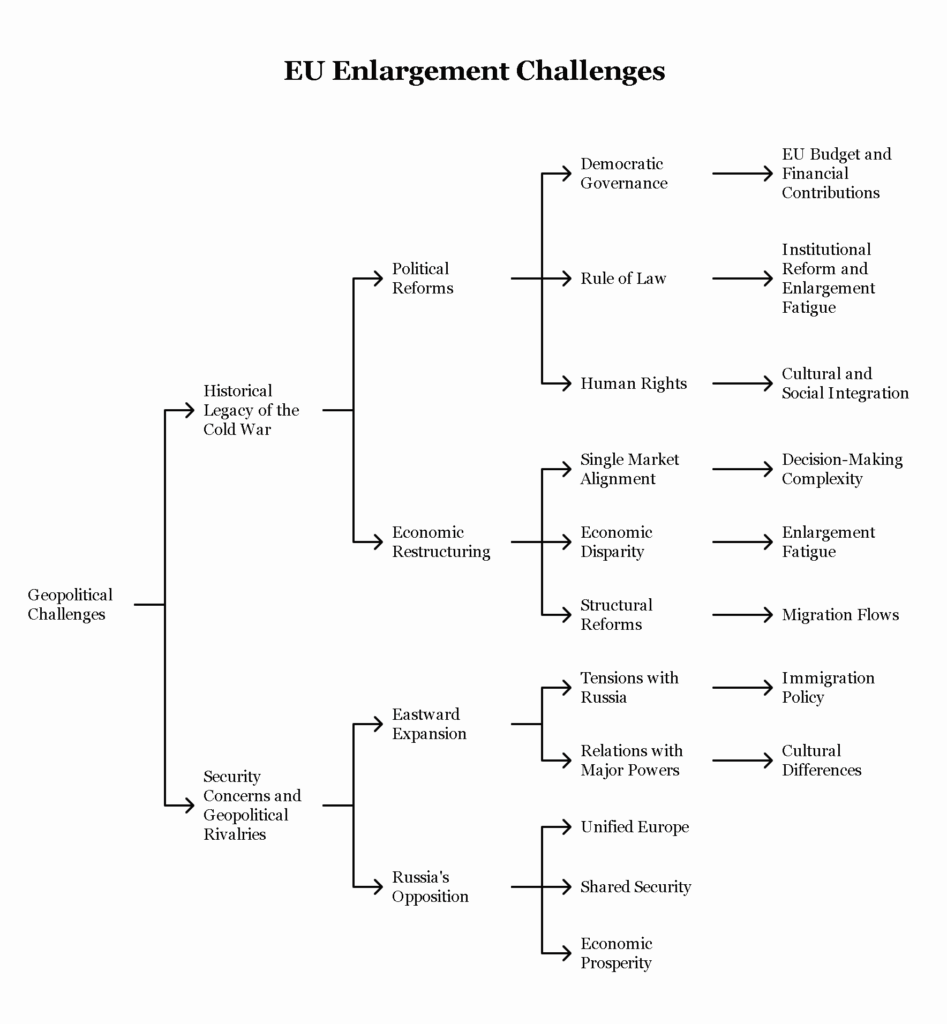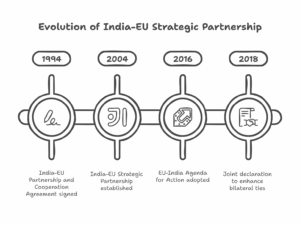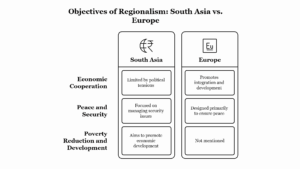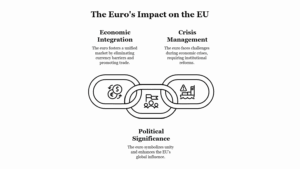The enlargement of the European Union (EU) has been one of the most significant and transformative aspects of its history, particularly in the post-Cold War period. The expansion of the EU into Eastern Europe, the Balkans, and parts of the Mediterranean has been driven by the EU’s desire to promote stability, democracy, and economic development in these regions. However, the enlargement process has faced a range of challenges, both internal and external, as the EU has had to manage the integration of new member states with diverse political, economic, and social contexts. The post-Cold War enlargement, which saw the accession of countries from the former Soviet bloc and the Balkans, has been particularly complex, involving a combination of geopolitical considerations, economic integration, and institutional adaptation.
1. Geopolitical Challenges
1.1 Historical Legacy of the Cold War
One of the most significant challenges for the EU enlargement process in the post-Cold War period has been the historical legacy of the Cold War. The division of Europe during the Cold War created significant political, economic, and cultural divides between Eastern and Western Europe. Countries in Central and Eastern Europe (CEE) had to overcome the Soviet legacy of authoritarian governance, economic inefficiency, and corruption. For many of these countries, transitioning from centrally planned economies to market economies and establishing democratic institutions was a difficult and complex process.
The integration of these countries into the EU required substantial political reforms, particularly in terms of democratic governance, rule of law, and human rights. The process also demanded economic restructuring to align with the EU’s single market rules, which posed challenges for countries with historically underdeveloped economies.
1.2 Security Concerns and Geopolitical Rivalries
The eastward expansion of the EU, particularly the inclusion of countries in the former Soviet sphere, raised concerns about security and geopolitical stability. Russia, which had historically viewed these regions as part of its sphere of influence, opposed EU and NATO enlargement. This was especially true for countries like Ukraine and Georgia, which expressed a desire to integrate with Western institutions but faced resistance from Russia, leading to tensions that continue to shape the EU’s foreign policy. The EU’s expansion has also had implications for its relations with other major powers, including the United States and China, as they have their own interests in the region.
The challenge of balancing the EU’s strategic interests with the concerns of Russia has remained a significant issue throughout the enlargement process. While the EU has promoted the idea of a unified Europe and emphasized the benefits of shared security and economic prosperity, the enlargement process has also highlighted the tensions between regional cooperation and geopolitical competition.
2. Economic and Institutional Challenges
2.1 Economic Integration
The integration of new member states into the EU’s single market has posed considerable economic challenges. The EU’s single market is built on the principles of free movement of goods, services, people, and capital, which requires member states to adopt common economic regulations and policies. For countries transitioning from centrally planned to market economies, this posed several obstacles, such as:
- Economic disparity: The new members, particularly from Central and Eastern Europe, had economies that were far less developed than the EU’s original members. The economic gap between the old and new members has led to concerns about regional disparities in wealth, development, and labor market conditions.
- Structural reforms: Many of the new member states had to undergo extensive structural reforms to modernize their economies, including privatization, market liberalization, and financial sector reform. This process was often painful, with the risk of social unrest, as these reforms frequently led to rising unemployment, income inequality, and social tension.
2.2 EU Budget and Financial Contributions
The enlargement of the EU has also created challenges related to the budget and the financial contributions of new member states. As more countries joined, the EU’s budget had to expand to accommodate their needs, including financial assistance for economic development and infrastructure projects. The larger membership required more funding for structural adjustments, agricultural subsidies, and cohesion funds for poorer regions.
The budgetary pressure also led to tensions among EU member states, particularly between net contributors (such as the UK, Germany, and France) and net recipients (primarily new member states). There were debates over how much the EU could afford to fund its eastern neighbors, especially as some new member states still required financial aid to meet EU standards.
3. Institutional and Policy Challenges
3.1 Institutional Reform and Enlargement Fatigue
Another significant challenge has been the ability of the EU’s institutions to manage an expanding membership. The EU’s institutional framework, designed for a smaller group of countries, faced significant strain as the union expanded to accommodate more than 27 countries by 2007. Key challenges included:
- Decision-making complexity: The decision-making process within the EU became more complicated as the number of member states increased. The European Commission, European Parliament, and Council of the European Union had to adapt to a larger, more diverse group of countries, each with its own interests and priorities. The introduction of the Lisbon Treaty (2009) was one attempt to address these challenges by changing voting procedures and streamlining the decision-making process.
- Enlargement fatigue: With each successive enlargement, the EU faced increasing enlargement fatigue, particularly from older member states, who were concerned about the economic and political costs of further expansion. Some countries, especially in Western Europe, felt that further enlargement could dilute the EU’s effectiveness and weaken its cohesion.
3.2 Cultural and Social Integration
The integration of new members also raised cultural and social issues. The freedom of movement and the right to settle in any member state posed challenges in terms of migration flows, especially from countries in Central and Eastern Europe. Some older EU members, like the UK, Germany, and France, faced significant debates on immigration policy and the ability to absorb workers from the new member states without straining their social systems.
Moreover, cultural differences, particularly in terms of legal frameworks, attitudes towards democracy, human rights, and minority rights, made the process of social integration complex. The EU’s conditionality principle, which required candidate countries to align with EU norms and values, led to domestic reforms in the new states but also caused friction in some cases.

4. Conclusion
The enlargement of the European Union in the post-Cold War years has been a remarkable success in terms of extending the benefits of democracy, stability, and economic growth to countries in Central and Eastern Europe. However, the process has been fraught with challenges. Geopolitical tensions, economic disparities, institutional bottlenecks, and social integration issues have all posed significant obstacles to the smooth integration of new member states. Despite these challenges, the EU’s commitment to enlargement remains strong, as it continues to promote stability, prosperity, and democratic governance in neighboring regions. The challenges of the past will continue to shape the EU’s future enlargement strategy, especially as it contemplates the potential inclusion of countries from the Western Balkans and other parts of Eastern Europe.








Leave a Reply